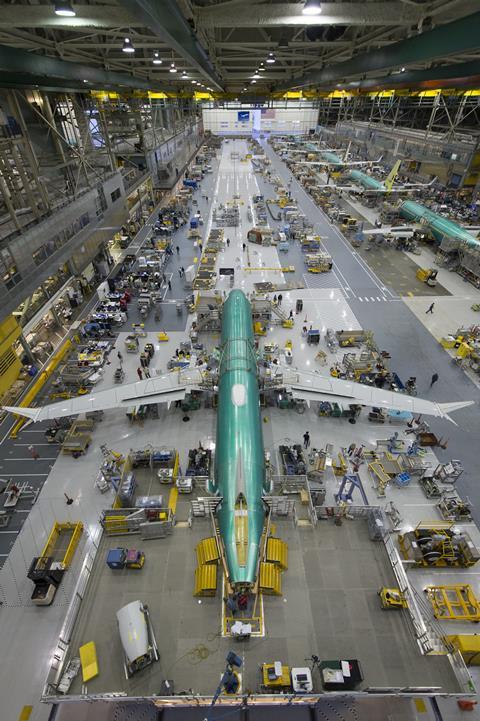If you thought 2020 was a bad year for aerospace, be prepared, as 2021 has the potential to be even worse.
And counter-intuitively, it will be increasing, not weakening, demand that triggers a squeeze on the whole supply chain.
In 2020, the sector’s unprecedented downturn was driven by the impacts of Covid-19. However, its effects were magnified by two pre-existing conditions: a softening of widebody demand plus the grounding of the 737 Max.
Many industry analysts anticipated there would be more distressed businesses and bankruptcies. But that wave of insolvencies has not materialised. However, it is likely that process has merely been delayed, not averted.

In response to the effects of the pandemic on demand, the aerospace industry has implemented significant business restructuring: downsizing via lay-offs, initiation of plant closures, and divestitures.
But an additional phase – the sting in the tail – will manifest itself next year through severe cash-flow and liquidity issues. This, in turn, could lead to supply chain restructuring through bankruptcies and consolidation.
In most other sectors such outcomes would be isolated. But due to the aerospace supply chain being so interconnected – plus with certain companies holding single-source positions on some programmes – this next phase has the potential to cause mass disruption for the entire industry.
Cash-flow and liquidity issues did not present themselves in 2020 because of three artificial economic factors that positively benefited the sector and allowed for continuity of operations.
But take those props away in 2021 and suddenly it is a challenge for many companies, especially in the middle market, to convert cash from operations.
First, staffing reductions to bring cost structures in alignment with lower sales volumes have already happened. On top of which, government assistance from employee retention schemes – the CARES Act in the USA, for example – are now coming to an end, shifting payroll requirements back to the industry.
Second, pre-Covid-19 inventories have not replenished and are now becoming depleted. New raw material and inventory will be needed to support sales.
And third, although increased debt levels in 2020 have buoyed companies with cash in the short term, that debt will need servicing in future.
Those three factors – higher staffing costs, raw material spending and paying down debt - increase expenses while decreasing cash for business operations.
Smaller companies typically feel the financial distress first, then the middle market follows. That process will then flow upward in the supply chain creating problems for the Tier One companies and OEMs.
This is where increased demand comes in. As air travel rebounds as it surely will, carriers will want new aircraft.
Typically, this would be considered a positive for the aerospace industry, but due to the unique financial conditions, smaller and middle-market companies will come under tremendous pressure.
These companies will need to start hiring – an immediate investment – as airline demand drives Boeing and Airbus to increase production rates, thus increasing demand from the supply chain.
Companies will also need to start procuring raw materials and paying sub-tier suppliers for inventory in order to manufacture products at higher rates than they are now.
This near-term investment will require additional debt, leading to further liquidity problems and greater stress on the cash-conversion cycle.
In order for the aerospace supply chain to avoid mass disruption, all companies must recognise and proactively plan to avoid these looming liquidity issues.
Sub-tier suppliers and middle-market companies will now need to think outside the box for solutions by focusing on three business transformation techniques.
First, companies will need to utilise innovative business health monitoring tools that analyse company data, show trends, provide predictive analytics and, ultimately, present business solutions.
Using those tools will allow companies to correlate and simulate future financial and operational data. This will help identify negative trends in time to make appropriate changes.
Second, companies will need to find and address manufacturing constraints in a systematic way. Then proactively implement the necessary system changes that will improve process capabilities and support production system increases.
Lastly, companies will need to improve their cash conversion cycle by collecting accounts receivables, inventory optimisation and improving factory throughput.
But enacting these changes will not be the sole responsibility of those further down the food chain. While Tier One companies and the OEMs may already have adopted such processes, it is in their self-interest to ensure their suppliers follow suit.
After all, as manufacturers observed during previous ramp-ups, supply chain disruption has a way of flowing upwards. If the industry’s OEMs and Tier Ones want to avoid disruption in 2021, they may need to further engage their suppliers in these key areas.
Alex Krutz is managing director at Patriot Industrial Partners, an aerospace and defence advisory firm.


























